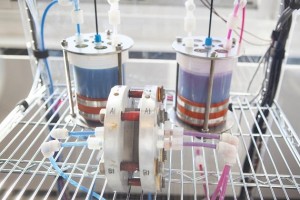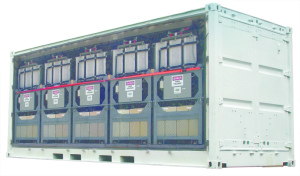 Scientists have discovered a cheaper alternative to make thin-film solar films. The new ingredient is magnesium chloride, a popular component of tofu. This is also the same ingredient used to de-ice snow covered roads.
Scientists have discovered a cheaper alternative to make thin-film solar films. The new ingredient is magnesium chloride, a popular component of tofu. This is also the same ingredient used to de-ice snow covered roads.
Large thick silicon plates are the most popular way to harness solar energy but it is very expensive and not very flexible. A cheaper alternative is thin film solar cells. However, it has to be treated with cadmium chloride which is quite toxic.
Researchers at the University of Liverpool were on a mission to find a cheaper and safer way compound that could perform similarly to cadmium chloride. The result was magnesium chloride and it worked just as efficiently as cadmium chloride and cost less. In fact, it cost $0.001 per gram compared to $ 0.30 for the same amount of cadmium chloride.
Unlike cadmium chloride magnesium chloride doesn't have to go through a rinsing step. As a result, few resources and time is needed to produce the thin solar films. Due to its cost effectiveness and environmental benefits, magnesium chloride is poised to run a stiff competition against its toxic rival.



